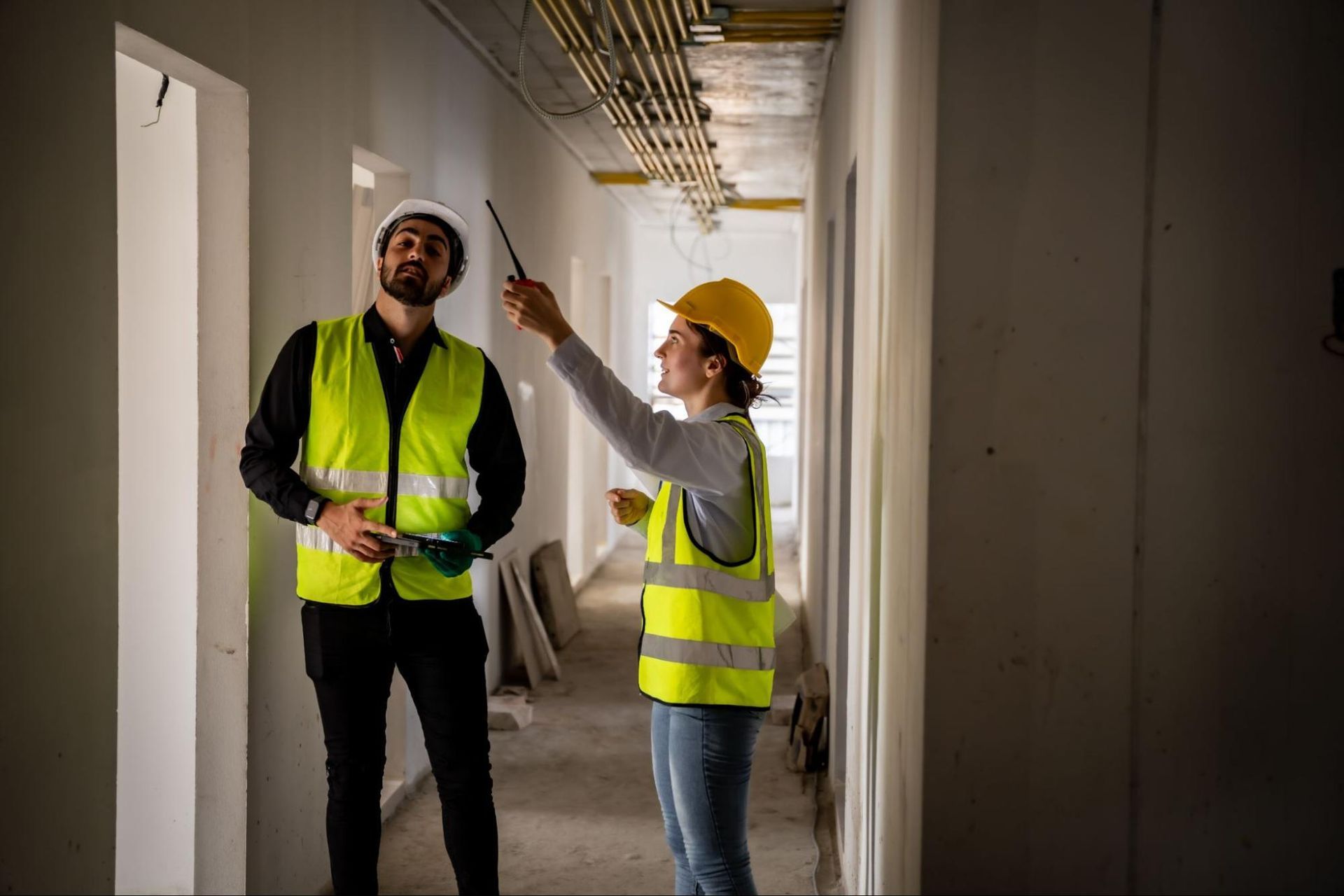Handyman vs Contractor Cost Breakdown: What’s Best for Your Home Repairs?
Homeowners often find themselves overwhelmed when faced with repairs, renovations, or maintenance tasks. The decision between hiring a handyman or a contractor can lead to confusion and frustration, especially when considering costs, expertise, and the scope of work involved. Many struggle to understand which option best suits their needs, leading to uncertainty and potential delays in getting projects completed.
Accurate Home and Commercial Services aims to alleviate these concerns by providing clear, reliable insights into the cost breakdown of handyman versus contractor services. With over 25 years of experience, their knowledgeable team helps homeowners navigate the complexities of property evaluations and repairs, ensuring a stress-free process. By offering accurate assessments and tailored solutions, they empower homeowners to make informed decisions, ultimately leading to successful home improvement projects.
Overview of Home Repair Options
Homeowners often face two primary options for repairs: hiring a handyman or contracting a professional. Each option has unique advantages, depending on the scope and complexity of the work involved.
Handyman Services
Handyman services typically cover minor repairs and maintenance tasks. These tasks may include plumbing fixes, electrical work, carpentry, and painting. Handymen offer flexibility in scheduling and can often complete multiple tasks in a single visit, which can save time. Homeowners looking for quick fixes or general maintenance typically find handymen to be cost-effective and reliable.
Contractor Services
Contractors excel in managing larger renovation and construction projects. They possess specialized skills and knowledge, making them ideal for significant updates such as room additions, remodels, or extensive repairs. Contractors typically oversee subcontractors and ensure compliance with local building codes. Homeowners requiring extensive renovations or who seek structural alterations typically lean towards hiring licensed contractors.
Comparison of Options
The choice between handyman and contractor largely depends on the project’s requirements. Handymen supplement the needs of homeowners for minor repairs and routine maintenance. Contractors cater to complex projects requiring detailed planning and labor-intensive skills. Evaluating the level of expertise required, timeline, and overall budget assists homeowners in making informed decisions.
When considering options for home repairs or renovations, weighing the specific needs of the project facilitates choosing the best service route. Ultimately, aligning the complexity of the repairs with the appropriate service sets the groundwork for successful home improvements.
Cost Comparison Between a Handyman and Contractor

Handyman Costs
Handyman services tend to charge lower rates compared to contractors, focusing on minor repairs and maintenance tasks. Cost factors include the type of service needed, hourly rates, and travel fees. Handymen often provide a quick turnaround for smaller jobs, making them a cost-effective solution for routine tasks like faucet repairs, drywall patching, or furniture assembly. Homeowners frequently benefit from the flexibility of hiring a handyman for various projects without the commitment of a larger contract.
Contractor Costs
Contractor costs usually reflect their specialized skills and project management capabilities. They base their pricing on the complexity of work, materials involved, and timeline. Contractors oversee larger projects, such as renovations or significant structural changes, ensuring compliance with local building codes. The expertise of contractors often translates to higher upfront costs, but they deliver comprehensive services that encompass planning, execution, and quality assurance, which can ultimately save homeowners from costly mistakes.
Scope of Services
Understanding the scope of services offered by handymen and contractors helps homeowners make informed choices for repairs and renovations.
Typical Jobs for Handymen
Common tasks for handymen involve minor repairs and maintenance. Handymen typically handle jobs such as fixing leaky faucets, patching drywall, painting, and assembling furniture. Their expertise allows them to complete small-scale projects quickly and efficiently, making them ideal for routine maintenance needs. Homeowners often rely on handymen for seasonal upkeep, like gutter cleaning and fence repairs. This flexibility in task management enables homeowners to address various issues without the necessity for specialized contractors.
Typical Jobs for Contractors
Contractors focus on larger renovations and construction projects, requiring specific skills and expertise. Typical jobs for contractors include kitchen remodels, bathroom upgrades, and home additions. Contractors manage extensive projects that involve significant planning and compliance with building codes. These professionals oversee various aspects, including obtaining permits, hiring subcontractors, and ensuring quality control. Their ability to manage complex tasks makes them essential for homeowners undertaking substantial renovations or new constructions that demand specialized knowledge and project management.
The decision between handyman services and contractor services depends on the complexity and scope of the project. For assistance with home repairs in Greater Houston, homeowners can rely on the expertise of Accurate Home and Commercial Services.
Conclusion
Choosing between a handyman and a contractor for home repairs involves weighing various factors. Homeowners need to consider the scope of the project and the associated costs. Handyman services offer a quick and cost-effective solution for minor repairs while contractors provide the expertise necessary for larger renovations.
Ultimately, understanding the unique strengths of each option can lead to better decision-making. By aligning project requirements with the right professional, homeowners can ensure successful and satisfying results. For those in Greater Houston, Accurate Home and Commercial Services stands ready to assist with tailored solutions that meet specific needs.
Frequently Asked Questions
What is the main difference between a handyman and a contractor?
A handyman typically handles smaller jobs like repairs and maintenance, while a contractor is suited for larger renovations requiring specialized skills and project management.
When should I hire a handyman instead of a contractor?
Consider hiring a handyman for minor tasks such as fixing leaks, painting, and seasonal upkeep. They're cost-effective for quick fixes that don’t require extensive expertise.
What types of projects require a contractor?
Contractors are ideal for complex projects like kitchen remodels, bathroom upgrades, and home additions, which require careful planning and adherence to building codes.
Are handyman services more affordable than contractor services?
Yes, handyman services generally charge lower rates, making them a cost-effective solution for routine maintenance and minor repairs compared to contractors.
How can I determine which service I need for my project?
Evaluate the complexity, scope, and budget of your project. For simpler tasks, a handyman may suffice, while larger projects typically require a contractor's expertise.
What should I consider regarding the quality of work when choosing?
Consider the specific requirements of your project. Handyman services offer quick solutions but may lack the specialized skills needed for more complex tasks, while contractors ensure quality and compliance with codes.
Why is experience important when hiring for home improvements?
Experienced professionals, like contractors, bring specialized skills and ensure that work is done to high standards and complies with local regulations, reducing long-term risks.
How can Accurate Home and Commercial Services help homeowners?
They provide reliable assessments and tailored solutions, helping homeowners make informed decisions between handyman and contractor services for their home improvement projects.











